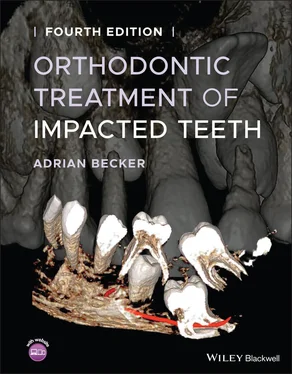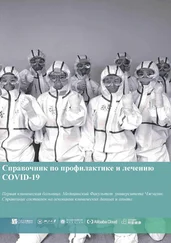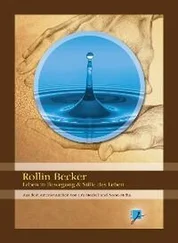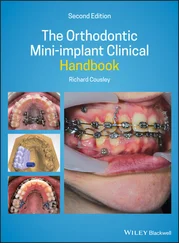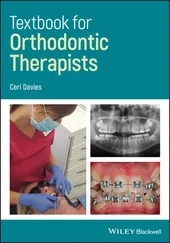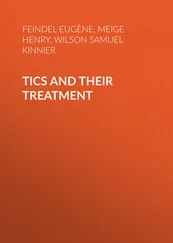Although it had been proposed for use in dentistry in the mid‐1970s, direct composite bonding at the time of surgery was not adopted for use with impacted teeth until quite late after its introduction to clinical dentistry. Initially, many opinion leaders in the profession were not prepared to recommend the method, because of the inability to employ rubber dam isolation. They felt that it was not possible to achieve appropriate conditions for acid‐etch bonding in the surgical field.
Nevertheless, in 1996, the efficacy and reliability of the more modest surgical requirement of merely exposing a small area of crown enamel were investigated, recognized and finally reported in the literature [3]. Many of the cases comprising the investigated sample in that study involved impacted teeth that would earlier have been regarded as intractable and no doubt would have been extracted.
This development had a very positive effect on the role, ability and expertise of the orthodontist to treat impacted teeth. We now had a more user‐friendly method of bonding attachments, which encouraged the involvement of the surgeon in creating a more easily isolated and contamination‐free area of crown enamel. There can be no doubt that the use of composite bonding made the work of the orthodontist much simpler to perform. In addition, the more modest scope of the surgical exposure that was now required immeasurably improved the quality of the results achieved.
A half‐century has passed since the time when we, like every other orthodontist, would send patients to the surgeon to expose the tooth. Since that time, our contrasting protocol in Jerusalem has been to accompany the patient to the surgeon. Following the actual exposure of the tooth, the surgeon assumes the task of control of bleeding. The OMFS will also establish and maintain the moisture‐free area to provide the orthodontist with access to the tooth and optimum conditions for cementation. No longer does the surgeon go off to drink coffee and leave the orthodontist to struggle in the attempt to bond an attachment with inadequate moisture control! So much so, that today’s orthodontist who works in conjunction with the surgeon, has become more and more adventurous and prepared to tackle some of the most inaccessible impacted teeth [3]. This, together with the blessing of cone beam computed tomography (CBCT) imaging as a convenient tool for accurate positional diagnosis, has materially reduced the frequency of failure in the treatment of impacted teeth [4].
This subject was discussed at length in the article ‘Surgical treatment of impacted canines: what the orthodontist would like the surgeon to know’, which appeared in the August 2015 issue of Oral and Maxillofacial Surgical Clinics of North America [5]. The main thrust of the article was that it is in the interests not only of the patient, but also of the surgeon and the orthodontist, that both specialists be present and actively involved at the surgical procedure. Initially, the guest editor of that specific issue expressed concerns that the realities of practice in North America may make this impossible on a routine basis. In response, we pointed out that certain operative decisions, which are not always foreseeable until the surgical field is opened up, often need to be made chairside. Such decisions might include most or all of the following:
Whether to place an attachment.
Where to place it on the crown.
In which direction to draw the gold chain or twisted steel ligature connector.
Where it should exit the surgical area.
Whether the surgically exposed area should remain open or closed.
Whether to apply traction force to the orthodontic appliance at the time or at a subsequent appointment.
There are many ways available to the surgeon or periodontist to expose a tooth, any of which could be successfully performed in most cases. However, it is the orthodontist who should choose the most advantageous method [6–8] in order to identify the optimum attachment bonding site and the location of surgical entry to it, and to determine the type of exposure to be performed; all of the above, in order to be in a position to direct and apply the appropriate biomechanical force. Choice of surgical technique must aim to produce the healthiest and most aesthetic soft tissue architecture, which will be present after the tooth is brought into alignment. The absence of on‐the‐spot input may compromise one or more of the many aspects of the treatment, leading to a poorer periodontal prognosis and an inferior appearance of the treated result. The fact that the patient, the surgeon or the orthodontist may find the arrangement inconvenient might mean that the orthodontist cannot be present, but that must be recognized as a less than ideal situation. Not only does the presence of the orthodontist at the surgical episode serve the patient’s best interests, it also speeds up the procedure, reduces discomfort and eliminates legally vulnerable misunderstandings and mistakes. The presence of the orthodontist is comforting and highly appreciated by the patient/parent and goes a long way to encourage confidence and trust.
Bonding an attachment during surgical exposure is not a function that a surgeon is adept at performing. It represents a highly technique‐sensitive succession of tasks, which involve the following actions, all of which must be done simultaneously: lengthy flap and tissue retraction, and establishing and maintaining a completely dry, clean and blood‐free surface of enamel while etching, rinsing, drying, painting with resin, light‐curing, loading composite on the attachment, placing and curing. This delicate string of functions is not routinely performed by surgeons. Orthodontists, on the other hand, often successfully bond hundreds (literally!) of attachments every week.
The desirable location of the bonded attachment is strictly in the orthodontist’s realm and it is not always possible to determine the location before surgery. Furthermore, when the exposed tooth comes into view, a decision may have to be made that may dictate the need to draw the tooth in a direction that had not previously been contemplated. This, in itself, may require an on‐the‐spot change in the predetermined bonding site. The luxury of being able to have ‘second thoughts’ at this crucial point in the treatment should not be surrendered lightly.
In a similar vein, the application of accurate directional traction from a customized spring mechanism is of considerably greater value if it is performed by the orthodontist under the cover of the pervading anaesthetic.
Notwithstanding this discussion, in cases of extreme displacement of an impacted tooth, extraction may be the treatment of choice. This may be due to the difficulty in attachment bonding or the inadvisability of performing an open surgical exposure. There can be no doubt that teamwork, combining the skill of the surgeon in controlling bleeding and the parallel skill of the orthodontist in bonding attachments, offers superior assurance against bond failure and towards overall treatment success.
One must not lose sight of the fact that it is the orthodontist who must follow through the remaining many months of active treatment. Failure to deliver the desired result will often sour the patient–doctor relationship and, moreover, may lead a resentful patient to seek legal recourse.
Aims of surgery for impacted teeth
It must be recognized that, other than transplantation, there are no surgical methods by which an impacted tooth may be positively and actively aligned. The best that surgery can do is to provide the optimal environment for normal and unhindered eruption and then live in hope that the tooth will oblige. In consequence, the recommendation in the latter part of the twentieth century was that those teeth that the oral surgeon considered worth trying to recover were widely exposed and packed with some form of surgical or periodontal pack, in order to protect the wound during the healing phase and prevent re‐healing of the tissues over the tooth. The expectation was that the tooth would erupt spontaneously and could then be aligned with orthodontic treatment. Several other steps were often taken, depending on the individual preferences and beliefs of the surgeon, with the aim of providing that ‘extra something’ that would further improve the chances of spontaneous eruption. These measures were frequently empirical in nature and would include one or more of the following:
Читать дальше
